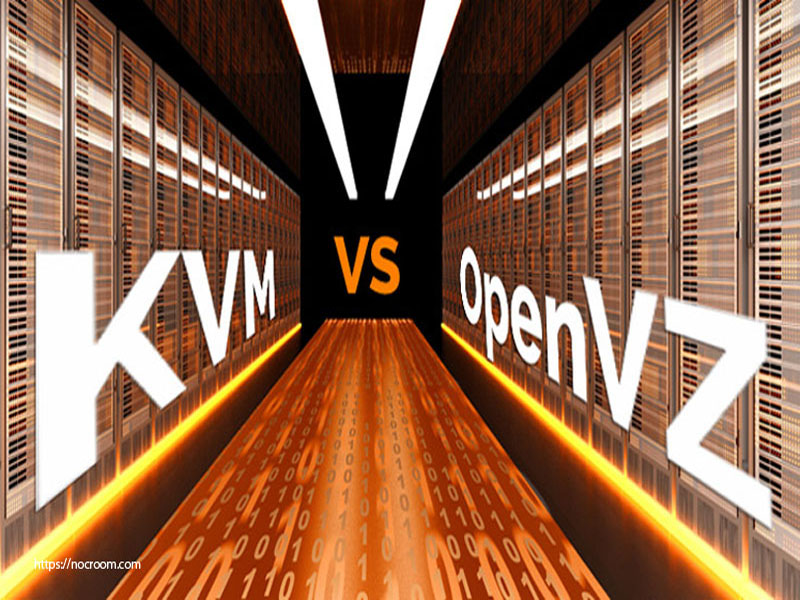Virtualization is not a new technology. Remember your good old desktop computer? When it first came home, and the engineer set it up for you, you could see two drives in it ‘C’ and ‘D’. All we knew was that C drive stored important system files while the D drive could store our games! The interesting thing was that while we could use two drives, the system only had one hard disk drive in it which was partitioned virtually allowing us the benefit of two drives with several independent features. Over the last decade, tech experts have leveraged virtualization to offer virtual servers which can be used for various things. Today, we are going to talk about two types of virtualizations – OpenVZ and KVM.

OpenVZ and KVM virtualizations
Kernel-based Virtual Machine or KVM is a technology focused on the kernel of the Linux machine. Using KVM, you can convert … Read the rest >>>>

